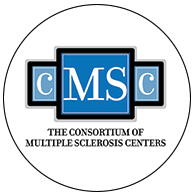Patients with relapsing-remitting multiple sclerosis (RRMS) regain part of their balance control after a single training session of ball-throwing exercises, finds a study supported by the National Multiple Sclerosis Society.
Researchers presented their study, “A Single-Session Training of Ball Throwing Exercise Improves Balance Control in Individuals with Multiple Sclerosis,” at the 2017 Annual Meeting of the Consortium of Multiple Sclerosis Centers (CMSC), taking place May 24-27 in New Orleans.
One of the initial disabling symptoms reported by MS patients is impaired balance control. That puts them at risk of major falls, contributing to a steep decline in their mobility and activity levels — and pointing to the need for new rehabilitation approaches to improve balance control among people with MS.
In the study, a team of researchers sought to assess “the feasibility of short-term training in improvement of anticipatory postural adjustments (APAs) and its effect on subsequent control of posture in individuals with MS.”
APAs, along with compensatory postural adjustments, are the two principal mechanisms the central nervous system uses to maintain equilibrium while standing.
Researchers recruited eight RRMS patients and submitted them to tests before and after a single training session consisting of throwing a medicine ball. They measured outcomes using electromyography (EMG) of trunk and leg muscles, and center of pressure (COP) displacements before and immediately after a single training session. In EMG, an electromyograph records electrical activity produced by skeletal muscles.
The training session led to a significant improvement of leg and trunk muscle activity prior to the bilateral arm flexion task, as shown by an increasing number of APAs. Moreover, patients showed early activation of postural muscles and significantly larger EMG outcomes after training in most of the muscles. They also showed improvements in COP displacements after training.
Overall, the team concluded, “individuals with MS can improve their ability to use predictive responses for postural control after a single-session training. The observed training-related improvements of balance control suggest that focused rehabilitation could be effective in improving postural control and as a result enhance mobility and quality of life in individuals with MS.”














